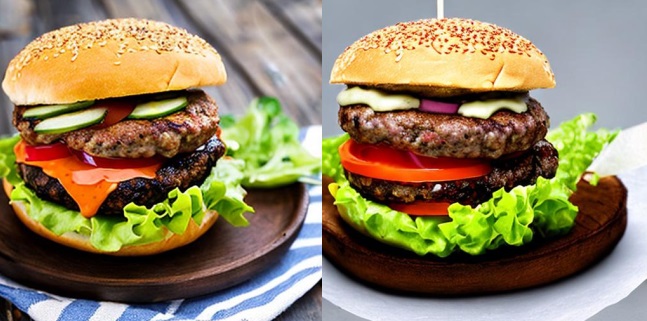The quest for optimal image generation varies across different models, but there exists a straightforward method to ascertain the ideal step count for your desired model.
Navigate to the “txt2img” tab within the “Scripts” section and opt for the “x/y/z plot” option. Select “steps” as the x-axis parameter and input values such as 20, 25, 30, 35, 40, 45, and 50. Upon hitting the “Generate” button, a diagram will be generated based on your specified settings.
Enhanced Resolution Yield
Personally, I observed negligible improvements beyond 30 steps, rendering additional steps redundant.
With 20 steps, discernible variations in color and diminished quality are apparent, suggesting an optimal range between 25 and 30 steps.
Understanding CFG: Controlling Image Generation Dynamics

CFG, or Control for Generated Images, serves as a mechanism to adjust the degree of influence exerted on the model’s output. Despite its technical intricacies, increasing CFG intensifies adherence to the provided prompt, albeit at the expense of introducing adverse effects like pixelation, distortion, and overexposure.
Conversely, reducing CFG permits the model greater freedom in interpreting the prompt, albeit potentially sacrificing control.
Refined Resolution Attainment
Observably, at CFG settings of 10, image quality deteriorates slightly, accompanied by a grainy texture. At 25, the output veers markedly from the desired outcome.
In my experience, a CFG value of 5.5 strikes a balance between retaining control and granting the model interpretive freedom, but for more detailed explanation look through daprompts.com for more accurate data.
Adhering to Age-Appropriate Prompting
To mitigate risks, especially concerning NSFW content, adherence to specific terminologies is crucial.
Avoid terms connoting youthfulness, opting for descriptors such as “woman” over “girl” to denote adult females. Terms indicative of youthfulness, such as “cute,” “young,” or references to age, should be omitted.
The usage of “18 years old” as a safeguard is insufficient, as distinguishing between ages visually poses challenges. The inclusion of terms like “child,” “young,” or “teenager” in negative prompts further enhances safety measures.
Efficient Time Management with Styles
Leverage the Style Function of Automatic1111 to streamline prompt composition for frequently used elements.
Access the Brush Icon on the Webui’s right side to create and save pre-written prompts, categorized by positive and negative prompts, facilitating swift selection during image generation.
Multiple premade prompts can be curated for various styles and quality levels, seamlessly integrating selected styles into the prompt generation process.
